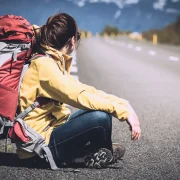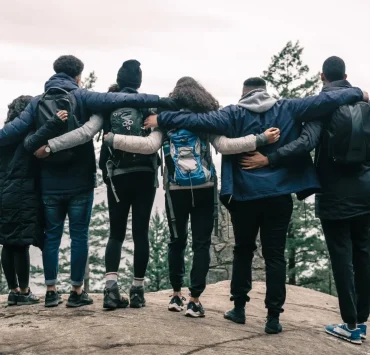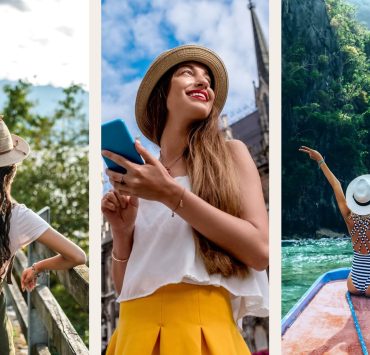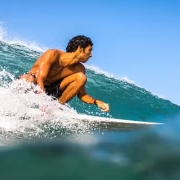Reimagining Travel: The Rise of Recreational Tourism in a Post-Pandemic World
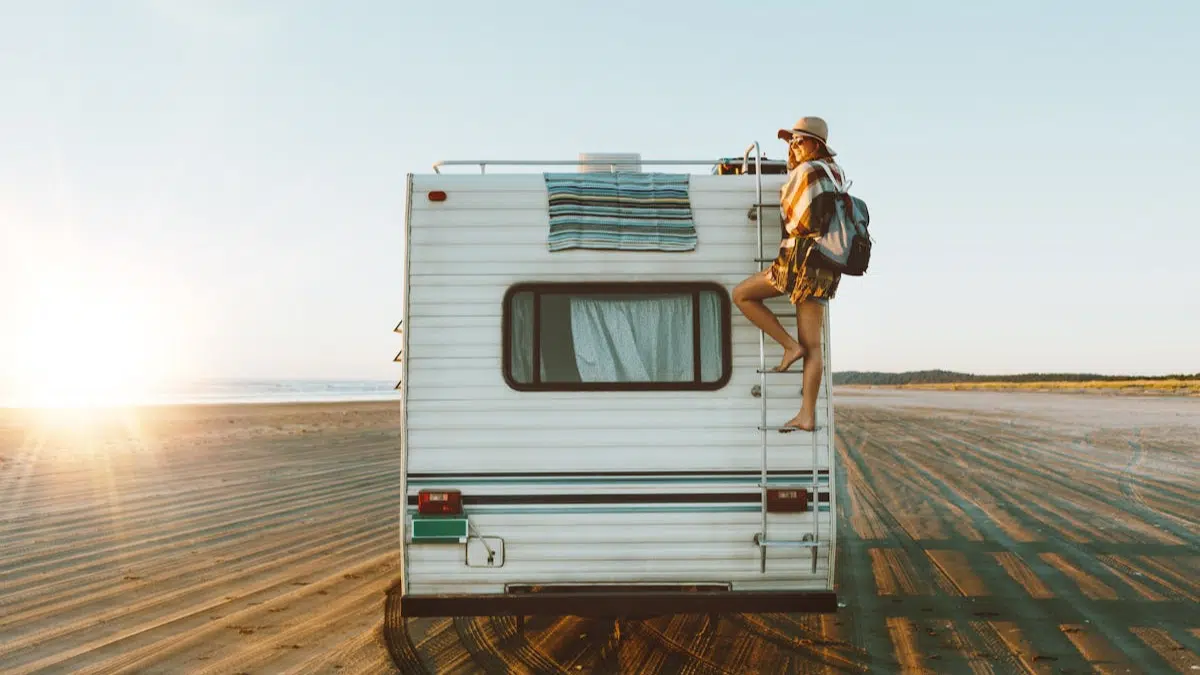
Travel has always been one of humanity’s greatest joys — a chance to explore new cultures, connect with people, escape routine, and recharge. But since the COVID-19 pandemic, the way we travel has shifted dramatically. The pause in global mobility gave rise to a new kind of tourism: recreational travel with purpose — where health, well-being, nature, and personal fulfillment take priority over crowded itineraries or Instagram-worthy checklists.
Today, recreational tourism is not just about seeing new places — it’s about experiencing them in a more intentional, sustainable, and rewarding way. Whether it’s hiking in the mountains, kayaking in tranquil lakes, or simply walking through a quiet village, people are seeking deeper connections through travel.
This article explores how travel and recreation have evolved in recent years, the key trends shaping this new era of tourism, and how individuals can plan meaningful and rejuvenating trips in a fast-changing world.
What Is Recreational Travel?
Recreational travel refers to trips taken primarily for leisure, relaxation, and wellness — rather than business, education, or necessity. These journeys are focused on activities that restore and refresh the mind, body, and spirit.
Examples include:
-
Nature-based trips (e.g., national parks, beach resorts, forest cabins)
-
Wellness retreats (e.g., yoga, meditation, spa therapy)
-
Adventure travel (e.g., hiking, biking, kayaking)
-
Slow travel (e.g., living like a local, cultural immersion)
-
Digital detox escapes (e.g., no Wi-Fi, no screen time)
This kind of travel is experiential rather than material, often slower-paced and more mindful than traditional tourism.
Why Recreational Travel Is Booming
1. A Shift in Priorities
After years of lockdowns and restrictions, people are reevaluating what they truly value. Wellness, nature, freedom, and mental health have emerged as top priorities — and recreational travel offers all of these.
2. Rise of Remote Work and Flexibility
With remote and hybrid work models becoming the norm, more people are blending work with travel. The “workation” (work + vacation) trend allows people to explore new places while staying connected professionally, giving rise to longer, more immersive travel experiences.
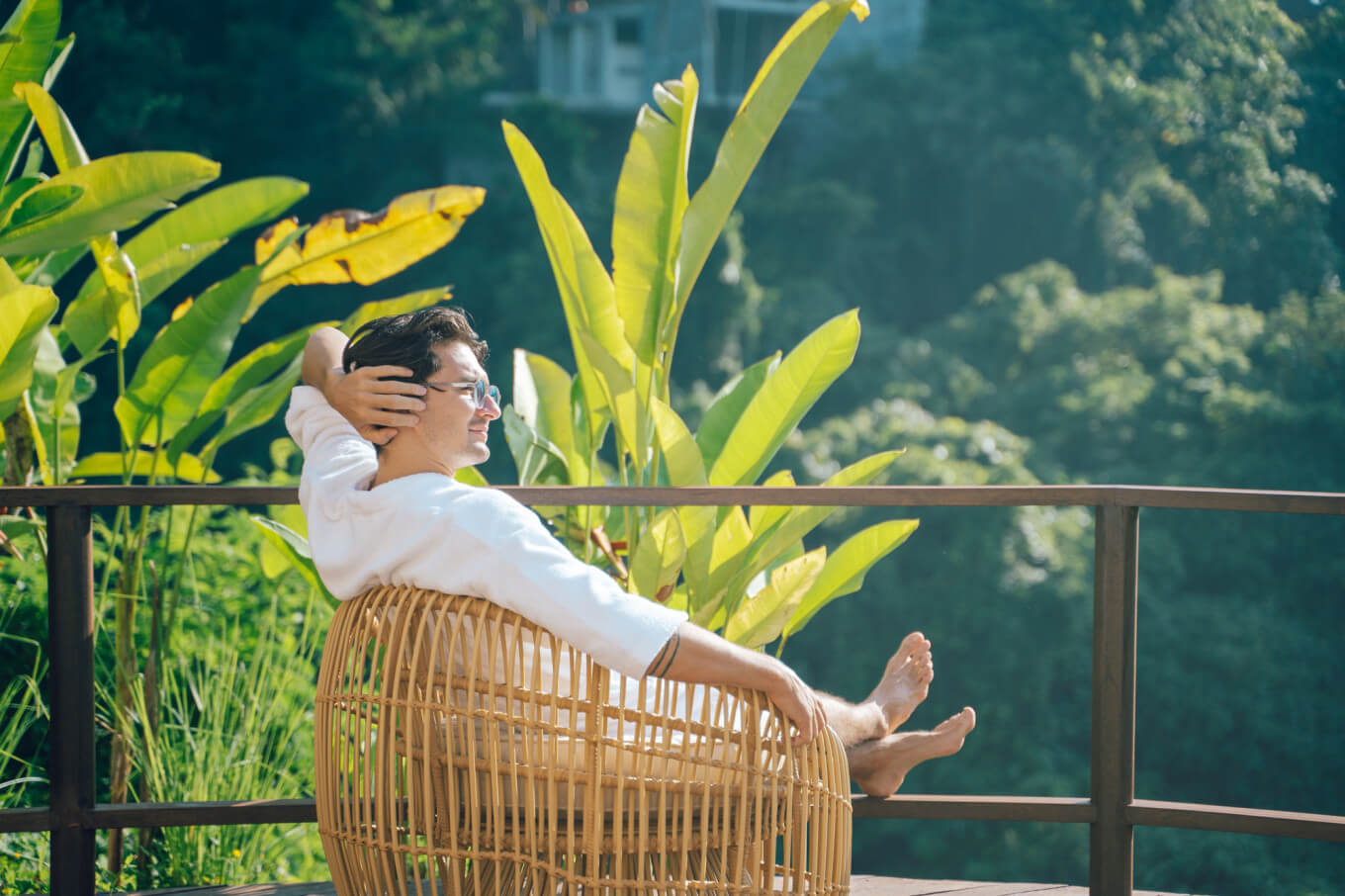
3. Focus on Mental and Physical Health
Travel is now being used as a form of self-care. Whether it’s a solo backpacking trip to clear one’s mind or a weekend yoga retreat, travelers are consciously choosing destinations that promote healing, growth, and peace.
4. Desire for Sustainable and Local Experiences
Mass tourism has given way to more sustainable, community-focused travel. Many are choosing eco-lodges, locally guided tours, or small-scale accommodations to reduce their footprint and support local economies.
Top Recreational Travel Trends in 2025
1. Nature Escapes
People are flocking to forests, lakes, and mountains to disconnect from urban life. National parks in the U.S., Canada, and Europe have seen record numbers of visitors. Camping, glamping, and RV road trips continue to grow in popularity.
2. Wellness Retreats
Yoga, meditation, spa therapy, and holistic healing retreats are booming. Popular destinations include Bali, Costa Rica, Thailand, and Sedona, Arizona. These retreats often include plant-based meals, nature excursions, and detox programs.
3. Adventure Travel
Adrenaline junkies are opting for active vacations — from hiking in Patagonia to rock climbing in Utah or diving in the Philippines. Adventure travel helps people feel alive, accomplished, and connected to nature.
4. Cultural and Culinary Journeys
Travelers are seeking authentic cultural experiences — cooking classes in Italy, homestays in Morocco, or street food tours in Vietnam. Recreational travel today includes learning and immersion.
5. Digital Detox Trips
As screen fatigue sets in, some are choosing off-grid getaways where Wi-Fi is limited (or non-existent). These trips are often coupled with mindfulness practices and encourage real-world interaction over digital connection.
How to Plan a Recreational Travel Experience
Recreational travel requires more intention than traditional vacations. Here’s how to plan your next restorative trip:
1. Define Your Goal
Are you looking to relax, explore, learn, or challenge yourself? Your purpose will help determine the best destination and activities.
2. Choose the Right Destination
Pick a place that aligns with your goal — whether that’s a quiet coastal town, a mountain village, or a vibrant cultural city. Avoid overly commercial areas if you seek peace or connection with nature.
3. Embrace Slow Travel
Stay longer in fewer places. Avoid rushing between cities just to say you’ve been there. This helps you build deeper memories and reduces travel stress.
4. Stay Local and Sustainable
Support local accommodations, eat at family-run restaurants, and use public or non-motorized transportation when possible. This not only helps communities but enriches your experience.
5. Prioritize Experiences Over Things
Don’t overpack your itinerary. Instead of visiting ten museums in one day, spend an afternoon in a café talking with locals, or take a cooking class. Choose experiences that fill your soul, not your camera roll.
Health and Safety Tips for Recreational Travelers
Travel is exciting, but you still need to take care of your well-being, especially when participating in recreational or physical activities.
-
Hydrate and rest: Especially important for outdoor adventures.
-
Pack light but smart: Include first-aid, sun protection, and weather-appropriate gear.
-
Be active, but don’t overdo it: Start slow if you’re not used to hiking or water sports.
-
Stay informed about local health guidelines: COVID-19, travel vaccines, and local emergency contacts.
-
Listen to your body: Wellness travel only works if you respect your limits.
Solo vs. Group Recreational Travel
Both have benefits depending on your style:
-
Solo Travel: Promotes independence, self-discovery, and flexibility. Ideal for reflection and personal growth.
-
Group Travel or Retreats: Offer structure, safety, and shared experiences. Great for trying new things and meeting like-minded people.
Some travelers even combine both — starting solo and joining group excursions along the way.
Destinations to Watch for Recreational Travel
Here are some places gaining attention for their focus on wellness, recreation, and eco-friendly tourism:
-
Sedona, Arizona (USA) – Famous for its energy vortexes and hiking trails
-
Lake Bled (Slovenia) – Picturesque lake with outdoor and wellness options
-
Ubud (Bali) – Yoga capital of the world, perfect for retreats
-
Tulum (Mexico) – Boho paradise with beaches, cenotes, and healing centers
-
Queenstown (New Zealand) – Adventure sports and natural beauty
-
Amalfi Coast (Italy) – Slow travel, stunning scenery, and culinary charm
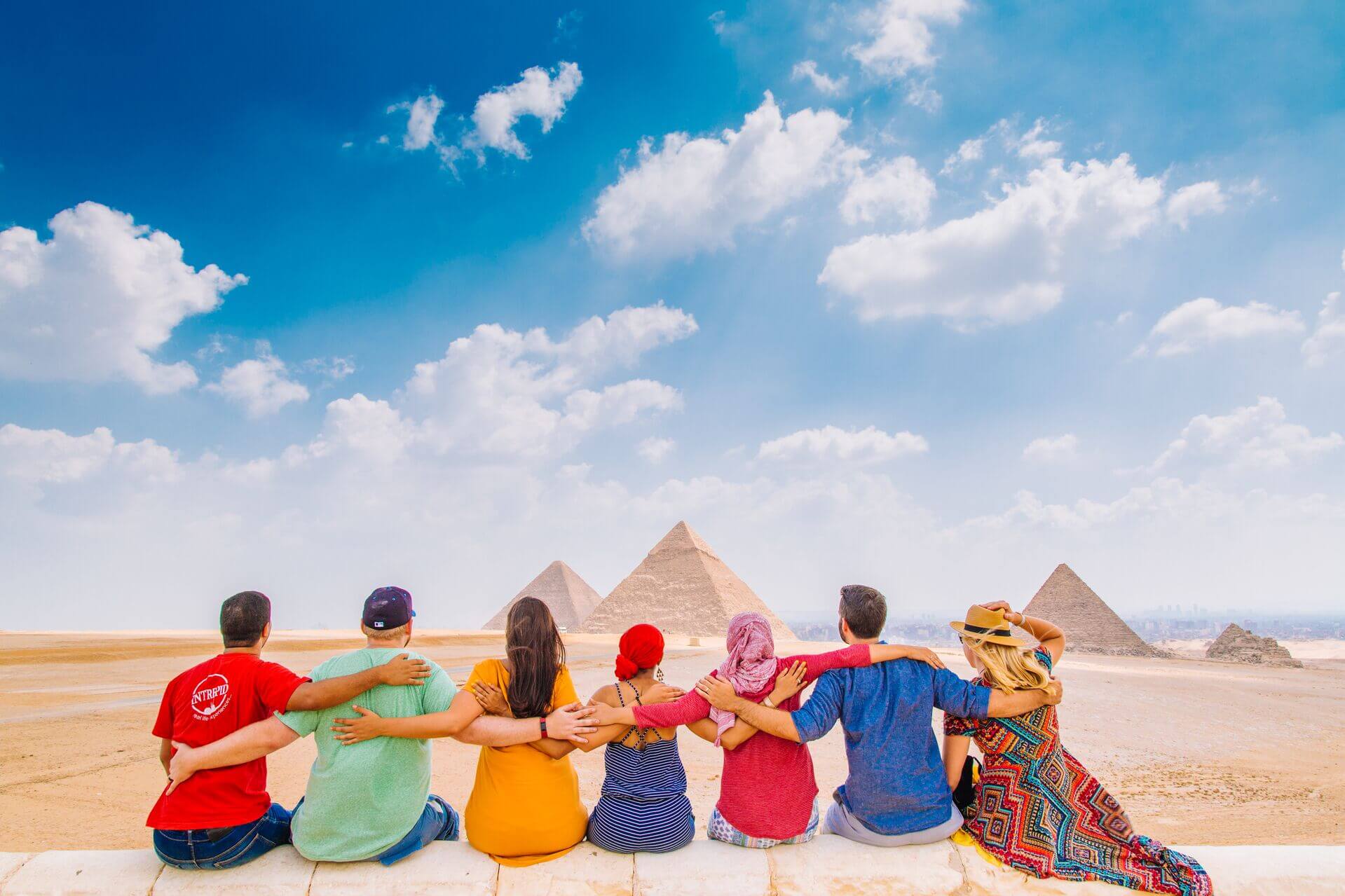
Conclusion: Travel as a Path to Wholeness
Recreational travel is more than a trend — it’s a mindset shift. It reflects a growing desire to disconnect from noise, reconnect with nature, and restore our sense of balance. In a world that’s more hectic and digitized than ever, taking time to explore, reflect, and simply breathe has become not just a luxury, but a necessity.
As you plan your next getaway, consider leaving behind the stress and pressure to “do it all.” Instead, choose a path that brings joy, clarity, health, and genuine connection. That’s the true beauty of travel — and recreation — in its purest form.

